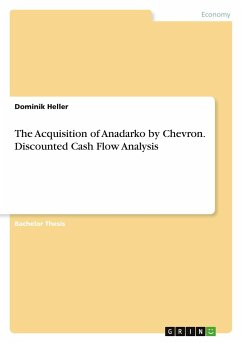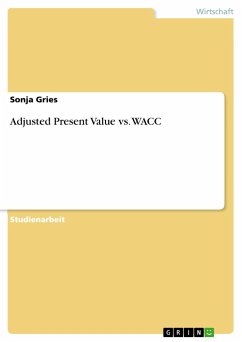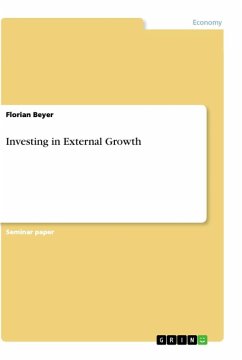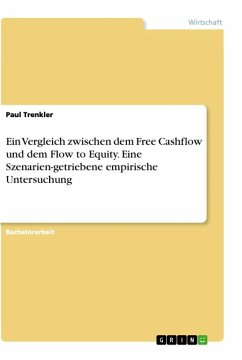Bachelor Thesis from the year 2020 in the subject Business economics - Investment and Finance, grade: 1.3, University of Mannheim (Chair of Corporate Finance), language: English, abstract: In this thesis, I am going to value Anadarko using the Discounted Cash Flow (DCF) method and applying reasonable assumptions for post-merger synergy effects with Chevron. As validation for my forecast assumptions, which are based on predictions and trends from early 2019, I will include a summary of the overall Oil & Gas industry as well Anadarko's and Chevron's positioning alongside the different stages of the value chain. To estimate my cost of capital I will apply the WACC method instead of APV, using the cost of equity and cost of debt as input factors, together with a terminal growth rate instead of an approach with exit multiples. In order to determine how sensitive my results are concerning key input variables like the Weighted Average Cost of Capital (WACC) or the terminal growth rate Iwill also run a sensitivity analysis. Lastly, I will talk about the synergy estimates used in my calculations and bring them into context with my DCF calculations in order to determine if the transaction would create value for shareholders on both sides of the deal. Although my calculations ultimately lead me to the result that the price originally offered by Chevron was fair, both in regards to Anadarko's share price prior to the deal announcement as well as the intrinsic value determined by my DCF, the deal would not have benefited shareholders on both sides equally. While Anadarko's shareholders would have gotten an immediate double-digit price increase, Chevron shareholders would have lost value with the acquisition, despite my calculations including significant synergies of roughly $1bn per year. The goal of my thesis, however, is not only to describe the assumptions, calculations and results of my DCF analysis, but to also bring them into a wider context.On 12th April 2019 Chevron Corporation announced that they have agreed to acquire all outstanding shares of Anadarko Petroleum Corporation for a total consideration of $65 per share. This marked the first major transaction announcement for quite a while in the Oil & Gas (O&G) industry, which previously saw stock prices near their 10-year lows. Despite a good initial reaction from Anadarko's shareholders, Chevron ended up missing out on the deal, with Occidental Petroleum Corporation, a close peer of Anadarko, buying the company for $76.67 per share.








